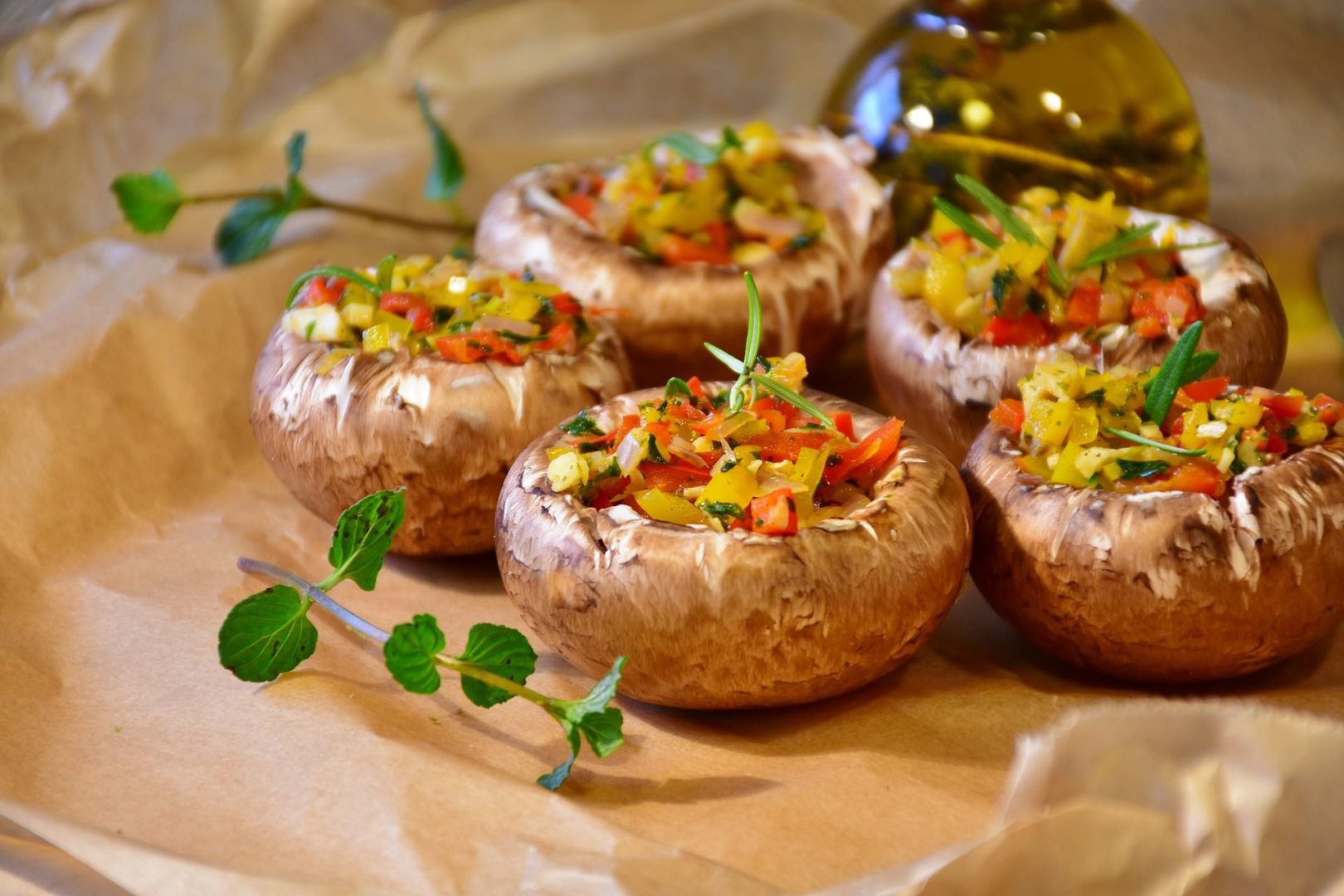How to Make Sense of What to Eat in the Noisy World of Nutrition

You can be forgiven if you think the world of nutrition has become somewhat confusing! There are so many different food philosophies out there and everyone is trying to convince you that their way is the ‘right’ way. Vegan/vegetarian, paleo, raw, and primal are a few you’ve probably heard of…right over to the macros and calorie counting side of things. This doesn’t even address the numerous diets that are on offer.
If it has all become a bit much and you’ve decided that you’re better off surviving on thin air, take a step back and keep it simple. We’ve put together a few sensible guidelines to help you to make healthy food choices. There’re no ‘rules’ and nothing particularly complex…just tips to help you make nourishing food choices.
1. Raw or cooked?
The answer is both! Traditionally in Asia, there is a tendency to eat a lot of cooked foods, whereas in the west some health-focused people are turning to more of a raw food diet. Chinese medicine philosophy tends to emphasize warm, cooked foods that nourish the spleen and aid digestion. The raw food argument says that enzymes are destroyed when food is cooked. Both philosophies have good merit.
Ultimately, your food intake should be personalized to you. Your body will always give you signals if a particular food or type of food is not agreeable. Try to move away from an all-or-nothing mindset with principles like this, and work on finding the right balance for you.
2. Real food
Choose foods that come from either a plant or animal origin, and that have been minimally processed on their way to your plate. If your food comes from a can or packet chances are that it is more on the processed end of the spectrum. Sometimes you will eat foods from a packet. When you do, check the ingredient list to see what’s inside. If there are lots of numbers and ingredients you don’t recognize, see if you can find a simpler alternative.
Another approach is to simply look at the thing you are about to eat and see if it looks similar to its original form
3. Local and organic
South East Asia is full of markets that sell fresh local produce. Many of them also sell imported fruits and vegetables. When you can, opt for produce grown in your region. This means it hasn’t traveled all the way across the world and is likely to be fresher and have a higher nutrient value. Additionally, it will have a lower ecological footprint.
Local markets are a good place to source organic produce that hasn’t been treated with chemical pesticides. It might not be readily available everywhere, but you can get to know the vendors at your local market. Even if their product isn’t labeled as organic, you can ask them about what methods they use to treat their crops. Choosing produce and other food products that have been grown using organic methods can help your body to receive the nourishment it needs.







Responses